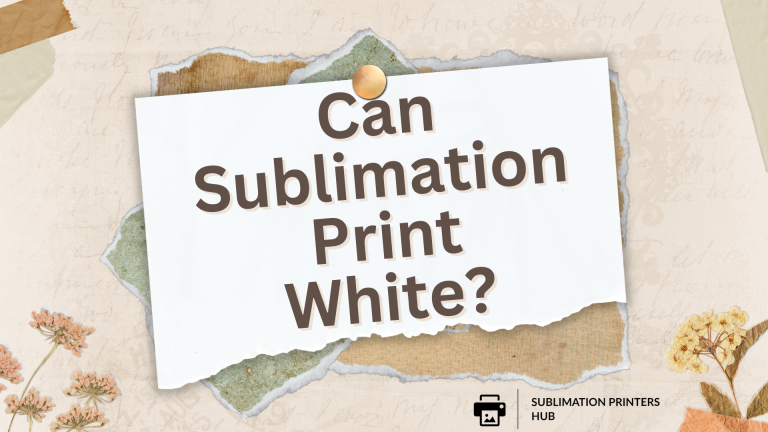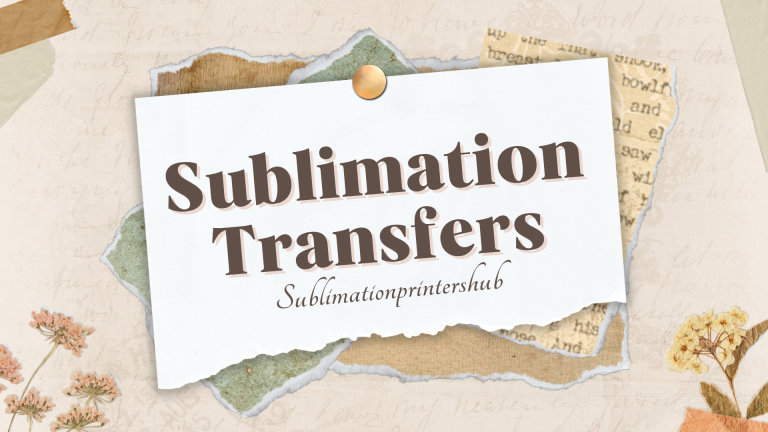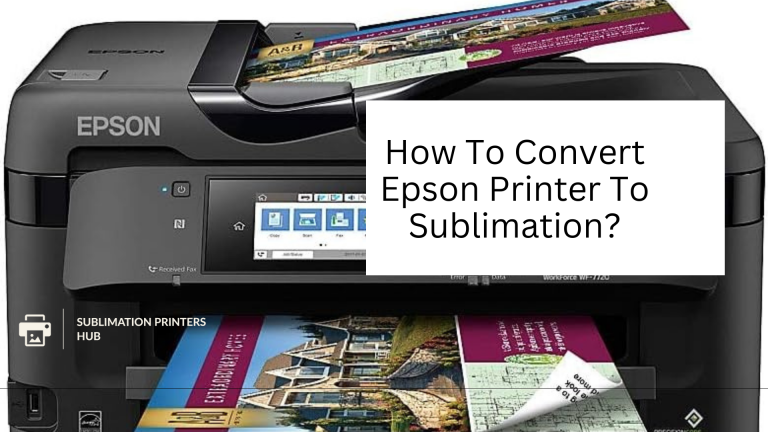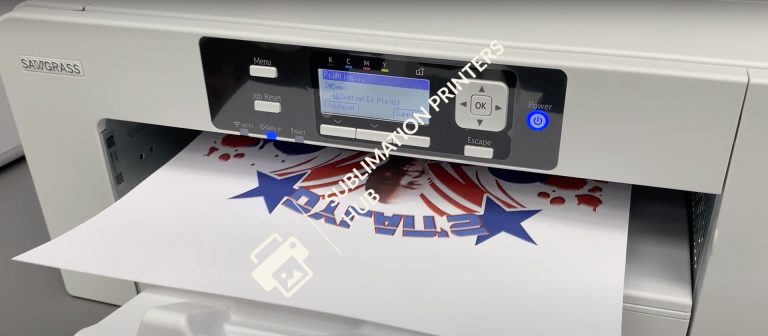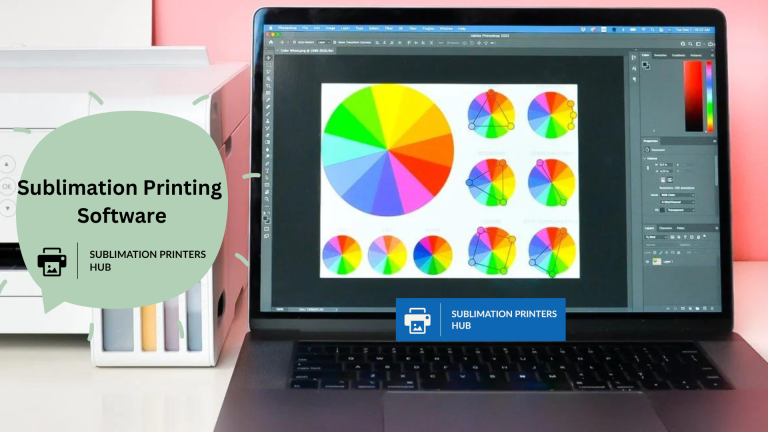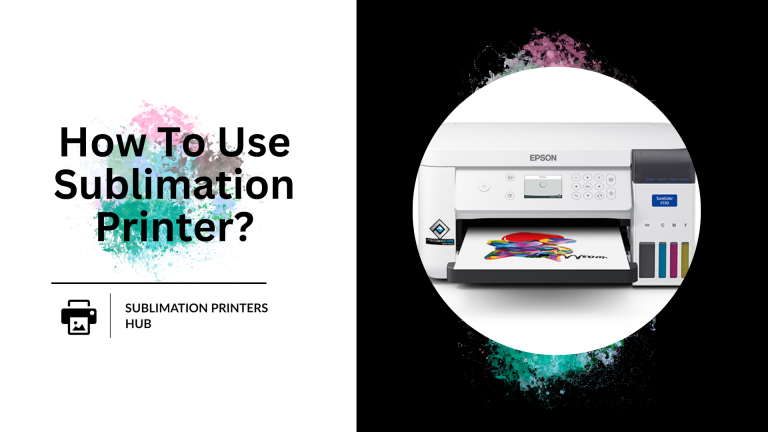Guidance: Which Paper To Use For Sublimation?
Here we know everything about which paper should be used for sublimation printing. In sublimation printing, selecting the right paper is vital for achieving high-quality results. As more people and businesses turn to sublimation for its capacity to generate vibrant, long-lasting prints on a variety of surfaces, understanding the range of sublimation papers available becomes critical. This detailed tutorial explains the complexities of sublimation paper, covering variables impacting selection, different varieties on the market, and how to optimize your sublimation printing efforts.
First Let’s, Understand Sublimation Paper
Sublimation paper is the silent hero of the sublimation printing process, conveying the inks and allowing for flawless transfer of elaborate designs onto various substrates. To make informed selections about the appropriate sublimation paper for your specific printing requirements, it is critical to understand the fundamental qualities, composition, and role of sublimation paper in the overall printing process.Factors to Consider When Selecting Sublimation Paper
The broad market of sublimation sheets necessitates a keen eye, with various critical variables to examine during the decision-making process. The weight and thickness of the paper, the quality of its coating, drying time, size compatibility with your printer, and pricing concerns all have a significant impact on the paper’s overall performance and, as a result, the quality of the final sublimation print. Sublimation paper comes in several specialized varieties to meet specific printing needs. Standard sublimation paper, sticky sublimation paper, quick-dry sublimation paper, textile sublimation paper, multi-purpose sublimation paper, and specialty alternatives like fluorescent or metallic papers all have distinct properties. Understanding the subtleties of each type allows you to make informed decisions based on the specifics of your printing tasks. How Sublimation Printer Actually Works?Leading Sublimation Paper Brands and Products:
This guide examines industry-leading sublimation paper brands and their flagship products, including extensive overviews and features for each. A comparison study helps to cut down the list of alternatives, ensuring that you choose the sublimation paper that best meets your individual printing needs and preferences. Here are some of the top sublimation paper brands and their main products: – Beaver: TexPrint HR Ultra is a high-release sublimation paper with a polyester layer. It provides bright, crisp prints. Beaver TexPrint XPHR is an additional premium option. 1) TexPrint: TexPrint XP-HR is their premium sublimation paper, which features brilliant colors and fine details. It comes in weights ranging from 60gsm to 110gsm.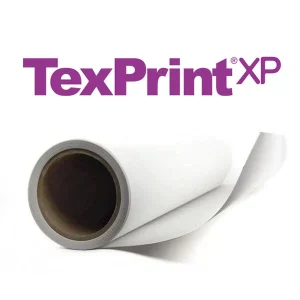
Buy TexPrint Sublimation Paper From Amazon
2) Condé: Their most popular sublimation papers are Condé UltraCoat and DyeTrans Ultra, which have polyester dye transfer coating. They feature excellent printability and image quality. 3) Ricoh: Ricoh offers the Ri 1000 and Ri 3000 range of sublimation sheets for textile decorating and soft signage. They are specifically built for Ricoh latex printers. 4) Joto: Joto SolvoHeat papers, such as LP3600 and LP3100, are designed for solvent printers. They provide excellent color vibrancy and print consistency. 5) Neenah’s main sublimation papers are Neenah Coldenhove Jet-Pro SoftStretch and Jet-Pro Premium. They work nicely with both eco-solvent and latex printers.See Latest Sublimation Paper From Amazon
Some important properties to look for include high release coatings, good dimensional stability, brilliant colors, and compatibility with various print processes like as latex or eco-solvent ink. Choosing the appropriate sublimation paper is critical for achieving good print results on polyester fabrics.Tips To Optimize Sublimation Printing
Beyond choosing sublimation paper, success in sublimation printing is dependent on using optimization strategies. To ensure consistent and high-quality prints, calibrate your printer, maintain exact heat press settings, use suitable ICC profiles, and handle and store sublimation paper properly. This section also covers typical troubleshooting issues and offers practical solutions to improve your overall sublimation printing experience. To ensure successful sublimation printing, it’s crucial to use the appropriate paper. You may take your printing projects to the next level by understanding the unique features of sublimation paper, taking into account critical elements, examining various types, and applying insights into leading brands and products. The optimization ideas provided in this tutorial are useful tools for overcoming problems and consistently producing professional, visually attractive sublimation prints that leave a lasting impact.FAQ’s:
Certainly! Here are some frequently asked questions (FAQs) about sublimation paper selection:The sublimation paper used has a considerable impact on the final sublimation print’s quality and longevity. Coating quality, weight, and size compatibility are all important considerations for attaining the best outcomes.
Yes, there are several types of sublimation papers available to meet diverse purposes. These include basic sublimation paper, sticky sublimation paper, quick-dry sublimation paper, textile sublimation paper, multi-purpose sublimation paper, and specialty papers such as fluorescent or metallic.
Key concerns are paper weight and thickness, coating quality, drying time, printer size compatibility, and cost. Each element influences the overall performance of the sublimation paper.
The quality of the coating affects ink absorption and release during the sublimation process. High-quality coatings result in crisper, more colorful prints.
The weight and thickness of the paper affect its capacity to withstand ink saturation and transfer. Thicker papers may necessitate printing settings changes, although lighter ones may be more suited to specific uses.
No, because of its specific qualities, such as coating and heat resistance, sublimation necessitates the use of specialised sublimation paper. Regular paper will not provide the same results.
Yes, there are papers suited to specific applications. For example, textile sublimation paper is intended for fabric printing, whereas quick-dry paper is perfect for tasks that require a faster drying period.
Optimization entails calibrating your printer, maintaining optimum heat press settings, using the correct ICC profiles, and handling and storing sublimation paper correctly. These techniques ensure that the prints are consistent and of good quality.
Common problems include color discrepancies, bleeding, and poor transfer quality. Troubleshooting may entail tweaking settings, checking heat press conditions, or determining whether sublimation paper is compatible with the printer.
What kind of printer do you need for sublimation?
